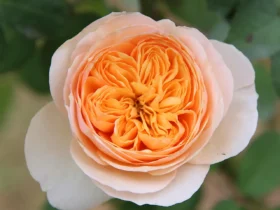The wisteria flower, with its cascading blooms and intoxicating fragrance, is a breathtaking sight that has captivated gardeners and nature lovers for centuries. Known for its lush, trailing vines and clusters of delicate, pendulous flowers, the wisteria is celebrated for its enchanting beauty and romantic allure. In this article, we will explore the world of the wisteria flower, its appearance, symbolism, cultivation, and the joy it brings to gardens and landscapes.
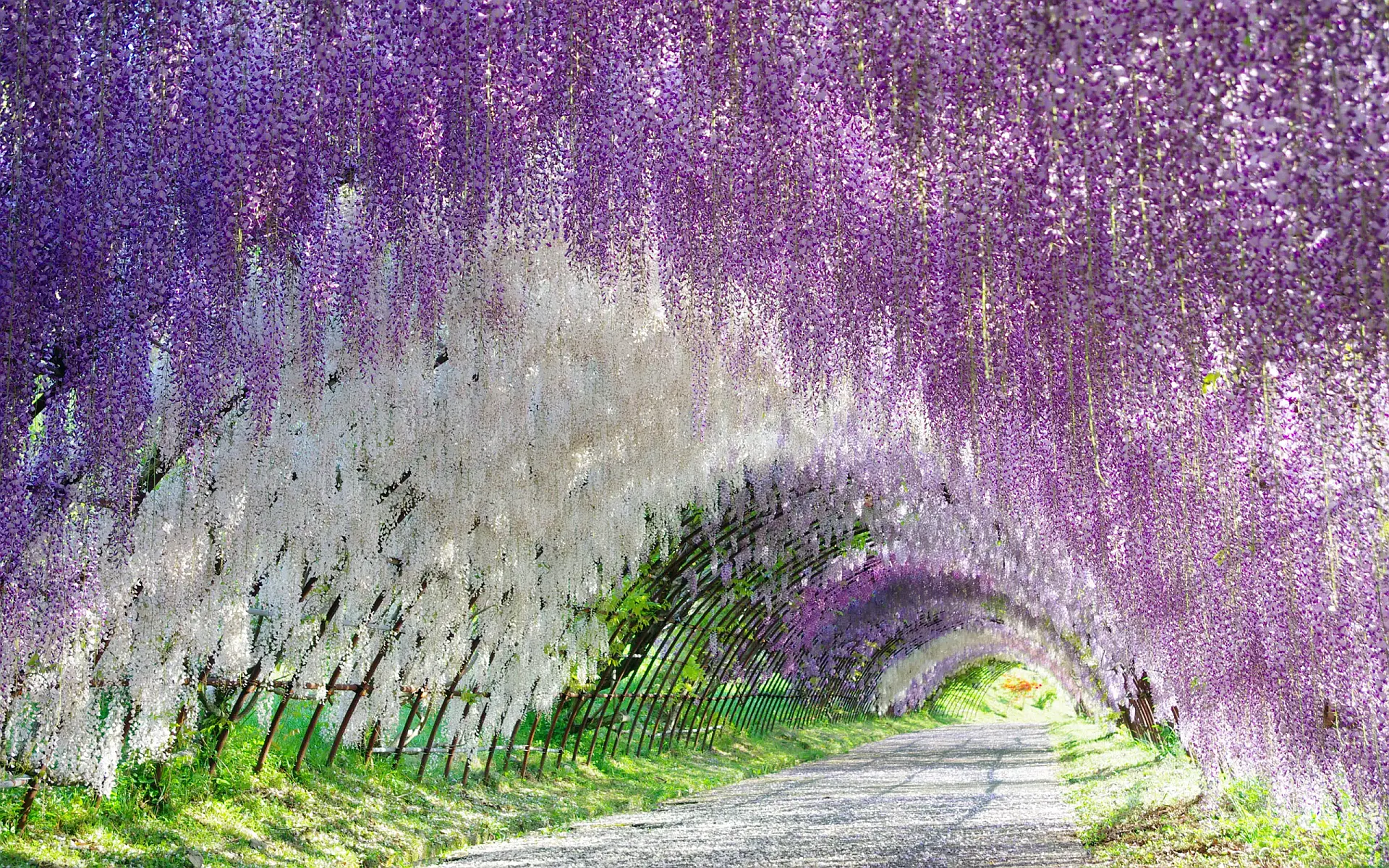
Appearance and Varieties
Wisteria flowers are known for their long, trailing clusters of blossoms that hang gracefully from the vine. The flowers are usually lavender or violet in color, although there are also white and pink varieties available. Each flower consists of numerous small, fragrant blossoms arranged in a raceme, creating a mesmerizing display when in full bloom. The petals are often elongated and slightly curled, adding to the flower’s elegant and whimsical appearance.
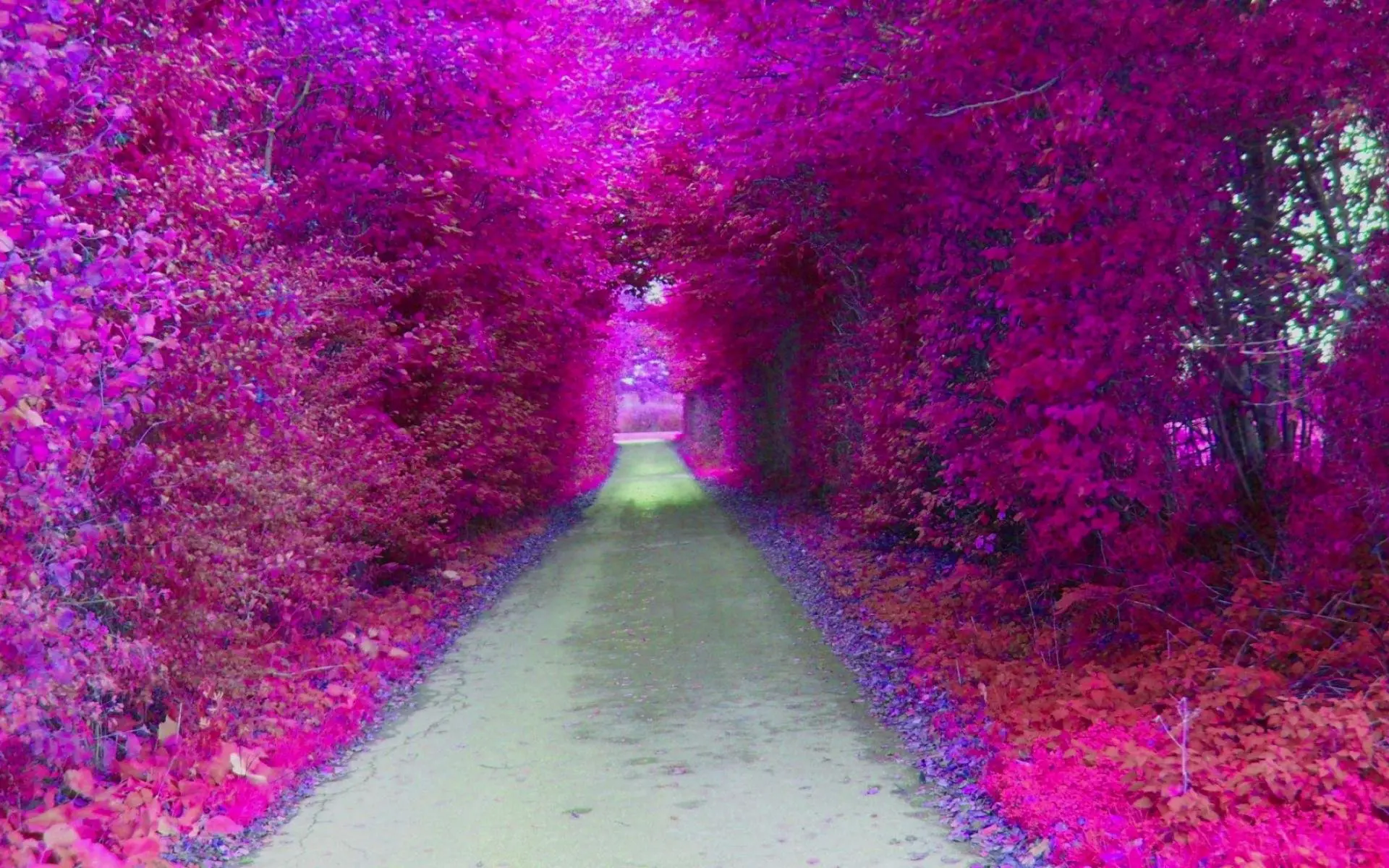
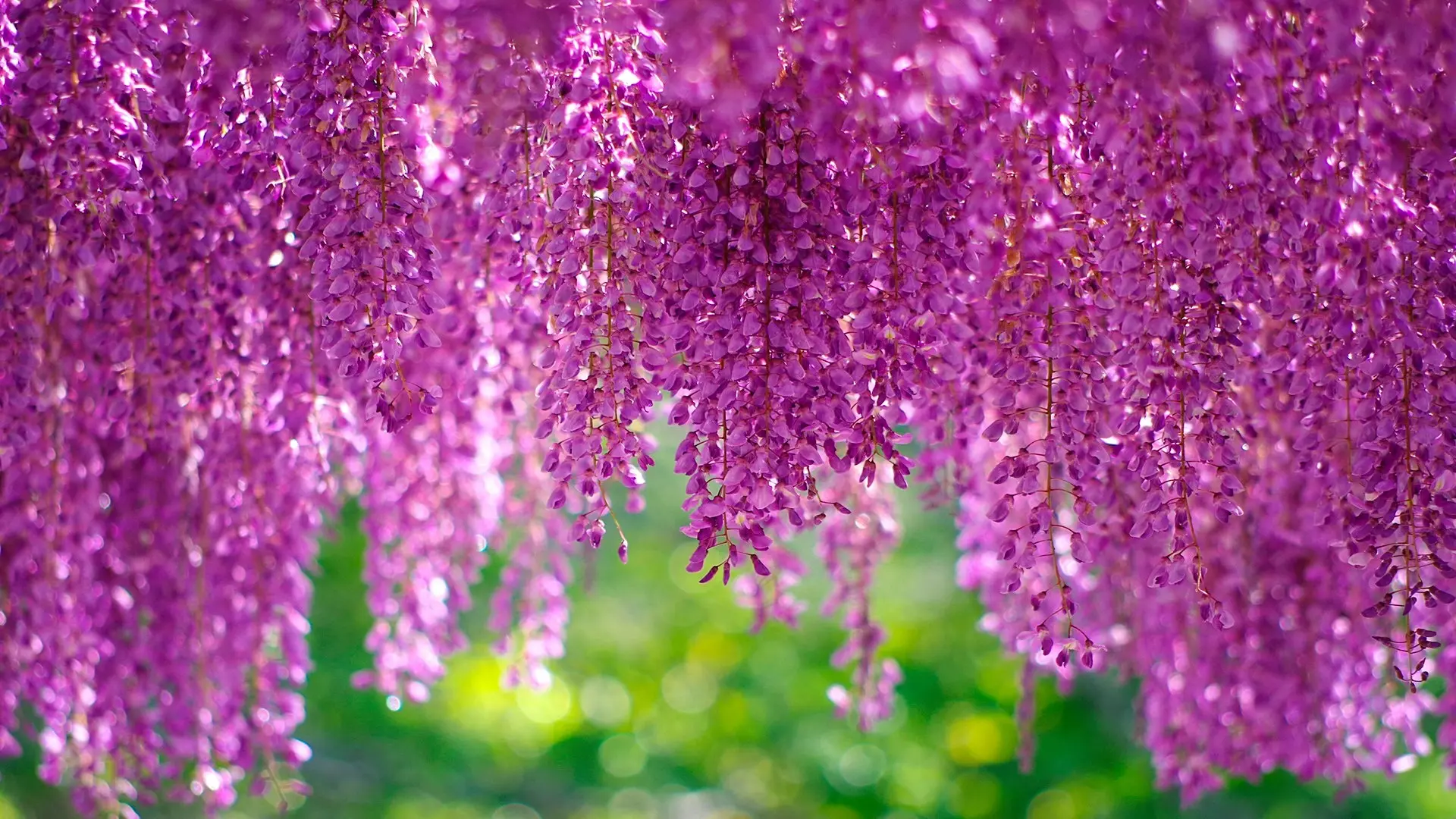
Symbolism and Meaning
The wisteria flower carries a range of symbolic meanings across different cultures. It is often associated with romance, beauty, and grace, making it a popular choice for wedding ceremonies and romantic settings. In some cultures, wisteria is also seen as a symbol of long life, immortality, and spiritual wisdom. Its ethereal blooms and trailing vines have inspired poets and artists, representing a sense of nostalgia, love, and the passage of time.
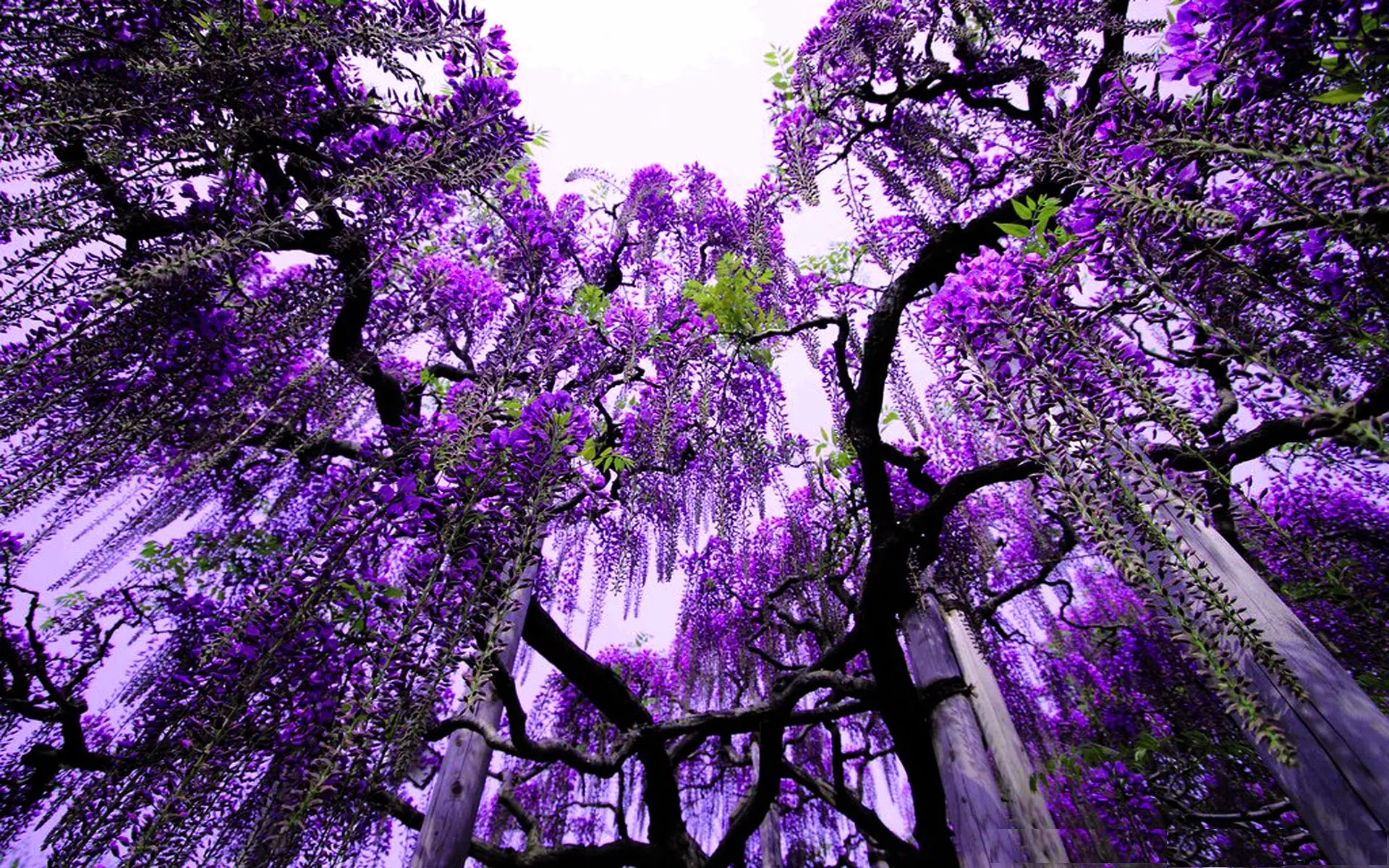
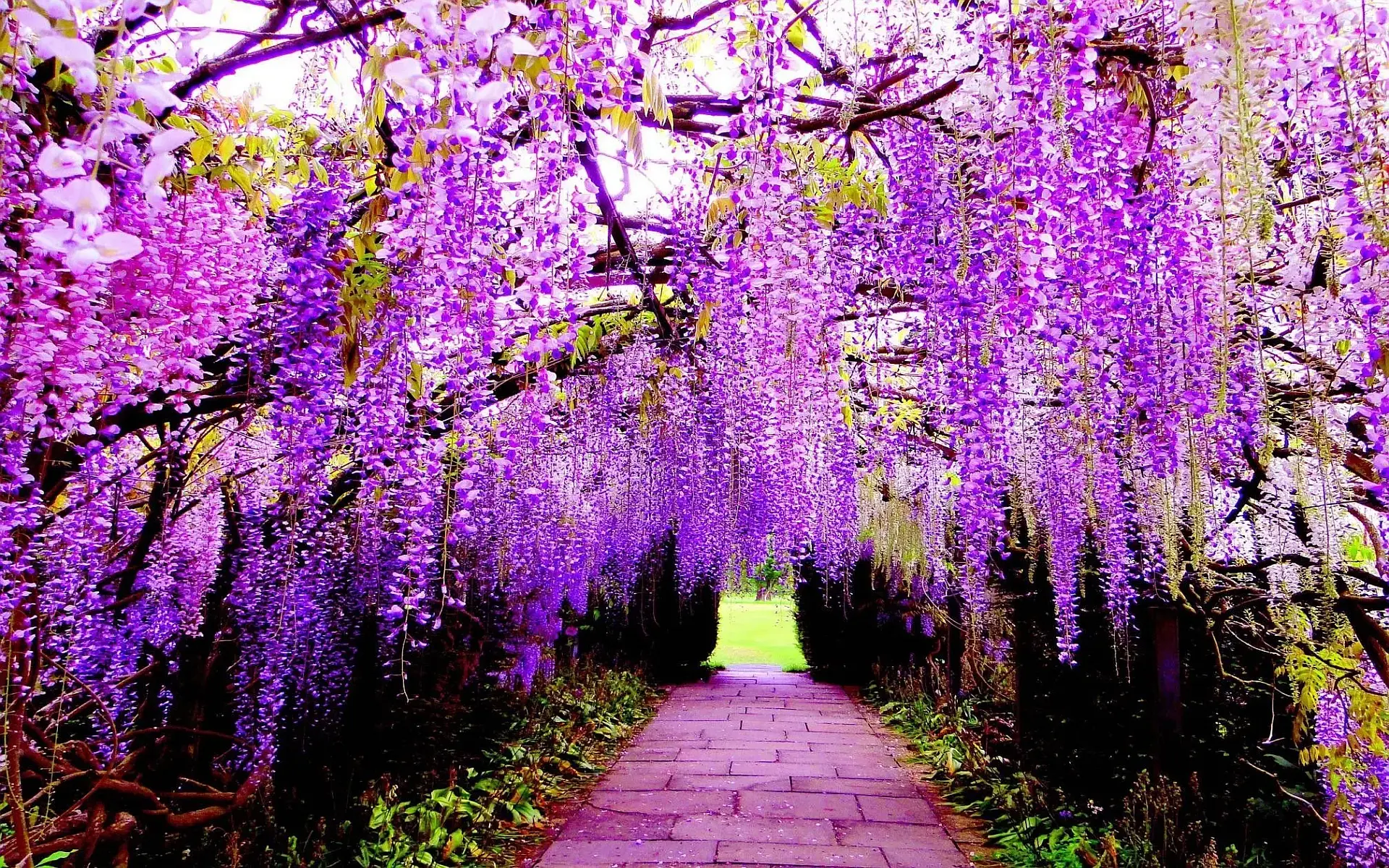
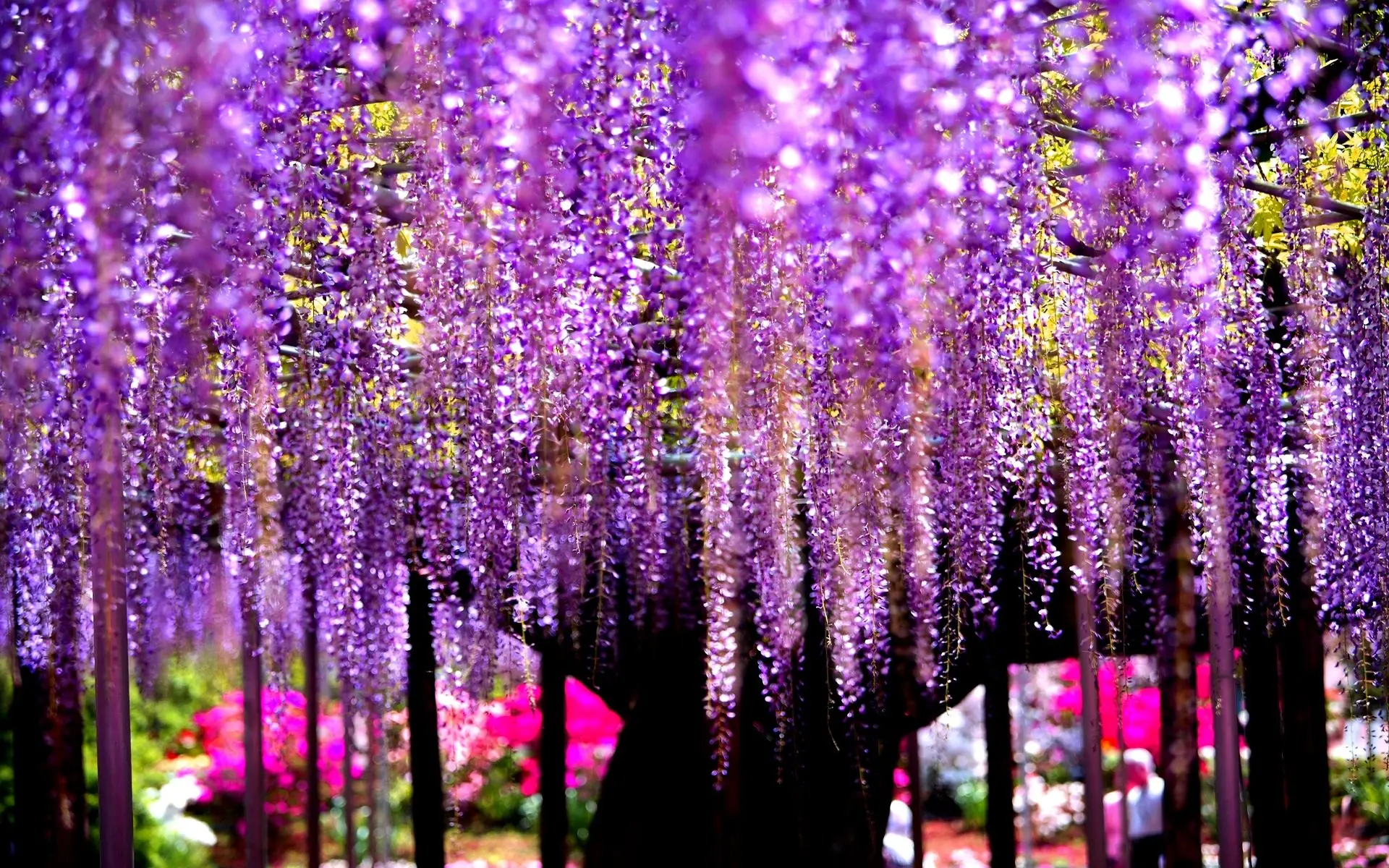
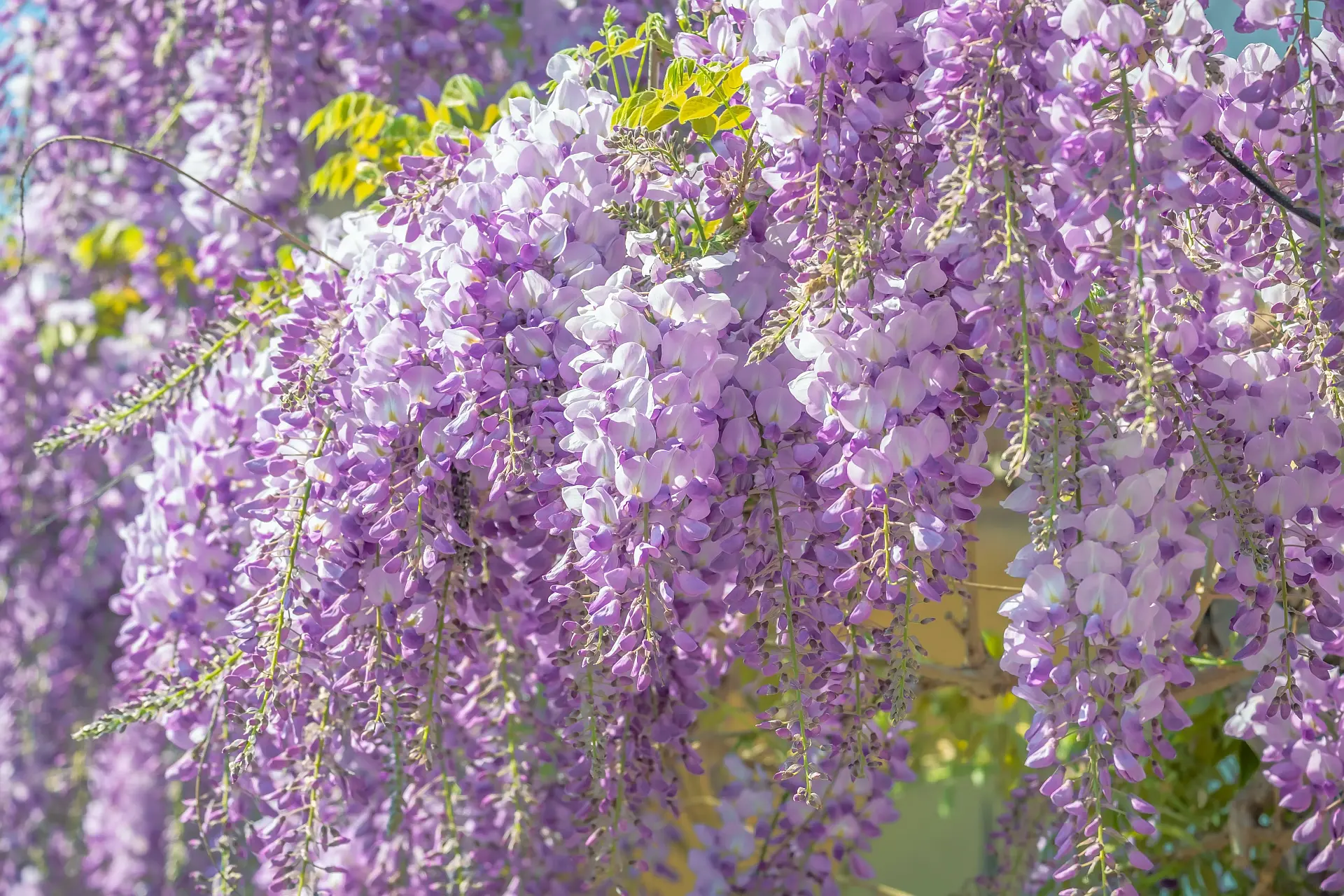
Cultivation and Care
Cultivating wisteria requires some attention and care, but the rewards are well worth the effort. Here are some key tips for successfully growing and maintaining wisteria:
- Sunlight and Soil: Wisteria thrives in full sun, ideally receiving at least six hours of direct sunlight per day. The soil should be well-draining, fertile, and slightly acidic.
- Support Structure: Wisteria is a vigorous climber and needs a sturdy support structure, such as a pergola, trellis, or arbor, to allow its vines to grow and cascade freely.
- Pruning: Regular pruning is essential to maintain the shape, control the size, and encourage abundant blooms. Prune in late winter or early spring, removing excess growth and trimming the lateral shoots.
- Watering: While established wisteria plants are relatively drought-tolerant, regular watering is necessary during dry spells, especially during the flowering season. Deep watering is preferred to encourage strong root growth.
- Fertilization: Apply a balanced fertilizer in early spring to provide the necessary nutrients for healthy growth and abundant blooms. Follow the instructions on the fertilizer package for the correct dosage and application method.
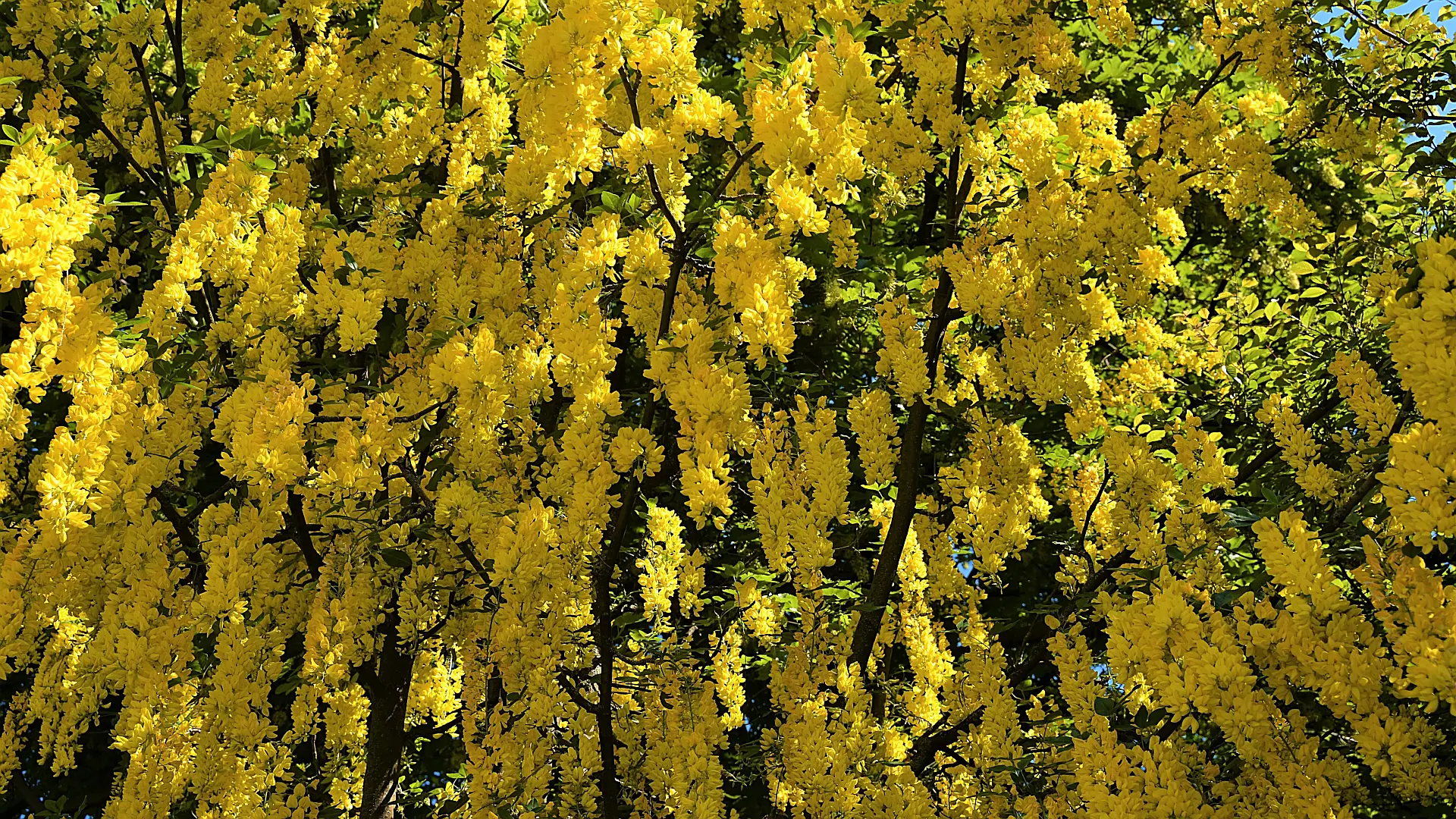
Garden and Landscape Uses
Wisteria is a stunning addition to gardens and landscapes, creating a captivating focal point with its trailing vines and cascading blooms. It is often used to cover pergolas, arbors, and trellises, creating a romantic and picturesque setting. Wisteria can also be trained as a standalone tree or grown along walls and fences to add a touch of elegance and charm. The fragrance and beauty of wisteria make it a favorite choice for creating serene outdoor spaces and enchanting garden walkways.
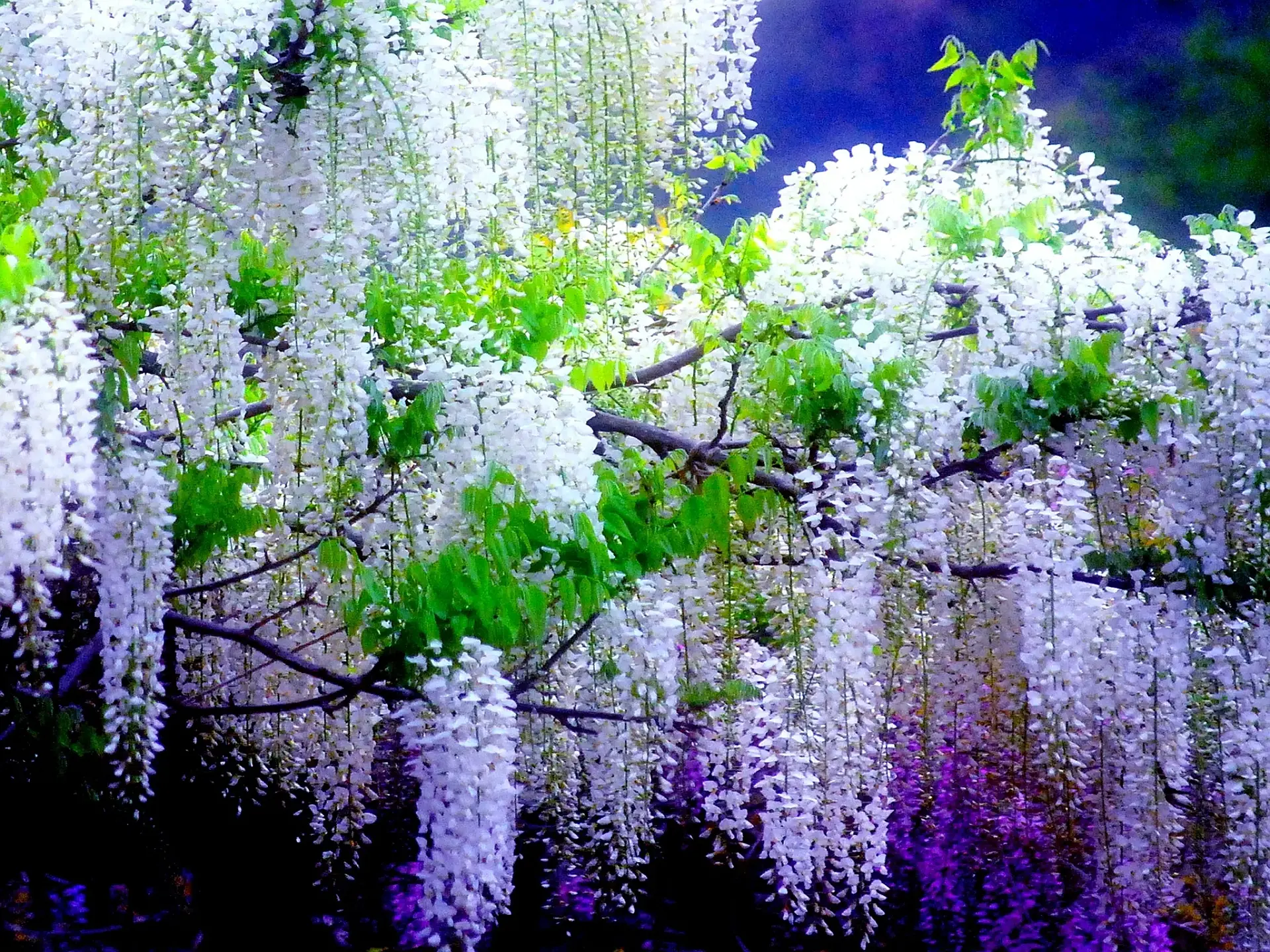
The wisteria flower with its cascading clusters of blossoms and intoxicating fragrance is a true spectacle of nature. From its graceful appearance to its symbolic meanings, wisteria has captured the hearts of gardeners and nature enthusiasts worldwide. By cultivating wisteria in our gardens, we can embrace the beauty and romance it brings, transforming our outdoor spaces into enchanting havens. With proper care and attention, the wisteria vine will reward us with its stunning blooms, filling the air with its delicate fragrance and creating a captivating display that will be cherished for years to come.
